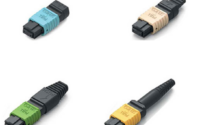Understanding Common Types of DAC and AOC High-Speed Cables
In today’s data-driven world, high-speed connectivity is crucial for data centers, enterprise networks, and high-performance computing. Two popular solutions for high-speed data transmission are Direct Attach Cables (DAC) and Active Optical Cables (AOC). Both offer advantages depending on the use case, but how do they differ, and which one should you choose?
Direct Attach Cables (DAC)
DACs are copper-based cables with fixed connectors on both ends, typically used for short-distance, high-speed connections. They are cost-effective and consume less power compared to optical solutions.
Common Types of DAC Cables:
SFP+ DAC – Supports 10Gbps, used in 10GbE and storage networks.
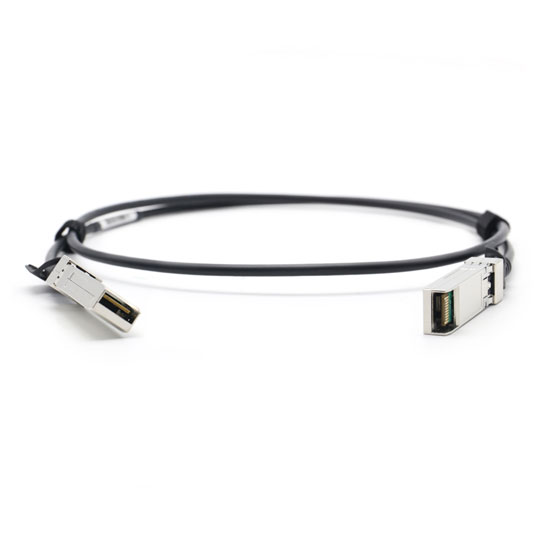
QSFP+ DAC – Used for 40Gbps applications, common in data centers.
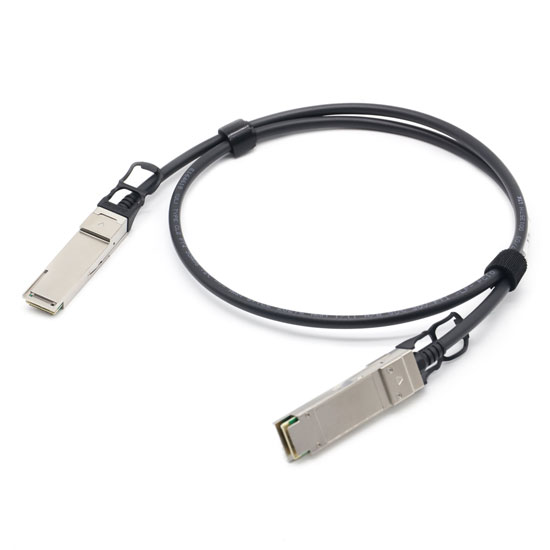
QSFP28 DAC – Supports 100Gbps, ideal for high-density networking.
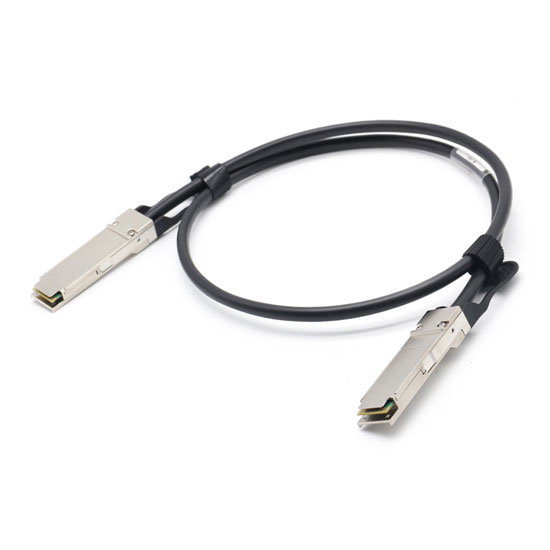
QSFP56 DAC – Enables 200Gbps data transfer, used in next-gen data centers.
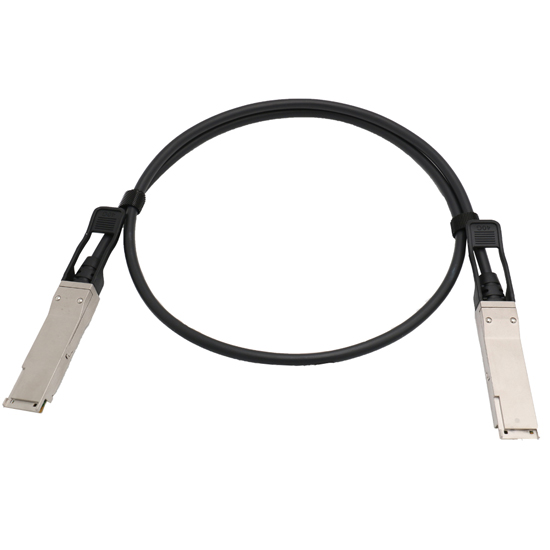
Advantages:
Lower cost than optical solutions
Low latency
No need for separate transceivers
Active Optical Cables (AOC)
AOCs use fiber optic technology with built-in optical transceivers, allowing for longer distances and higher bandwidth compared to DACs. They are ideal for environments where EMI is a concern.
Common Types of AOC Cables:
SFP+ AOC – 10Gbps over longer distances (up to 100m).
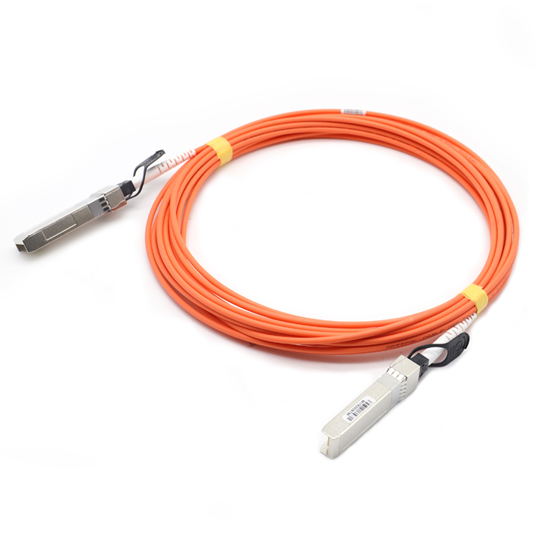
QSFP+ AOC – 40Gbps connectivity, often used in data center spine-leaf architectures.
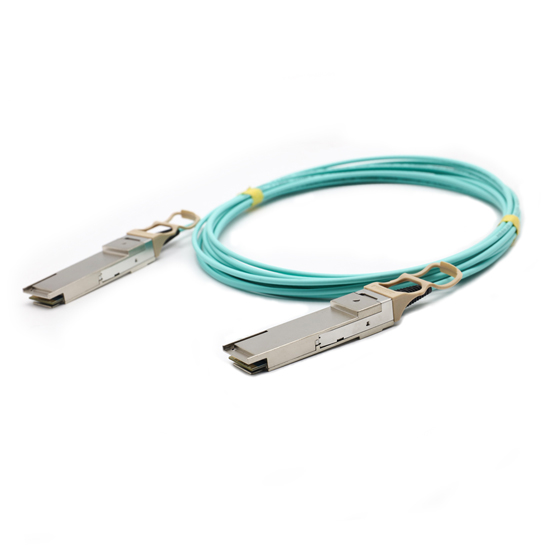
QSFP28 AOC – Supports 100Gbps with low power consumption.
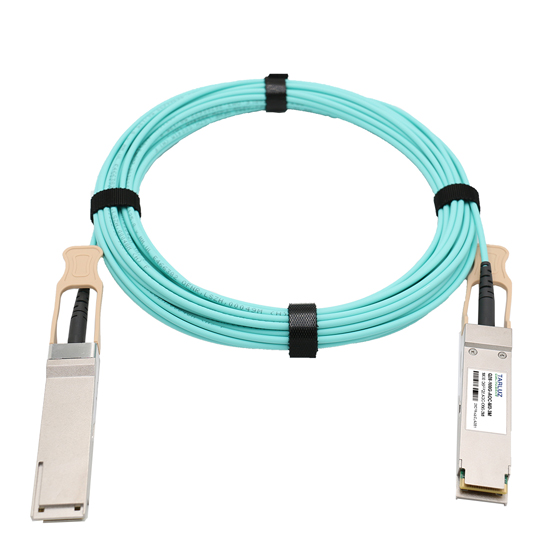
QSFP-DD AOC – Enables 400Gbps for ultra-high-speed networking.

Advantages:
Longer reach (up to 100m or more)
Immune to EMI
Lighter and more flexible than copper cables
Disadvantages:
Higher cost than DAC
Slightly higher power consumption
DAC vs. AOC: Which One Should You Choose?
| Feature | DAC (Direct Attach Cable) | AOC (Active Optical Cable) |
|---|---|---|
| Speed | Up to 400Gbps | Up to 400Gbps |
| Distance | Up to 7m (passive) | Up to 100m+ |
| Cost | Lower | Higher |
| EMI Resistance | No (copper-based) | Yes (fiber-based) |
| Power Consumption | Low | Moderate |
Choose DAC if:
You need a budget-friendly solution for short distances (rack-to-rack).
Power efficiency is a priority.
Choose AOC if:
You require longer reach (e.g., between switches in different rows).
EMI is a concern in your environment.
In Conclusion
Both DAC and AOC cables play essential roles in modern high-speed networking. DACs are great for cost-sensitive, short-range applications, while AOCs excel in longer-distance, high-bandwidth scenarios. Understanding your network’s requirements will help you make the right choice.
Are you using DAC or AOC in your setup? Tarluz will help you choose!


